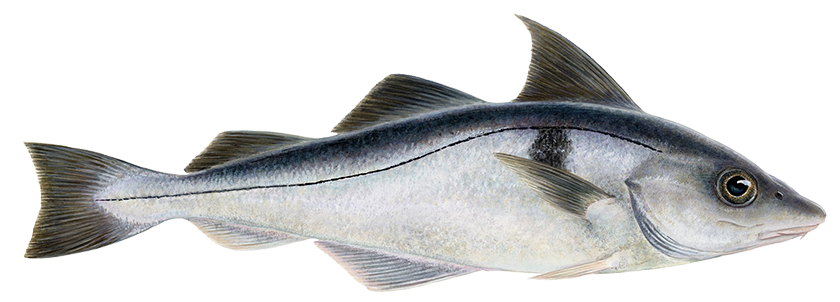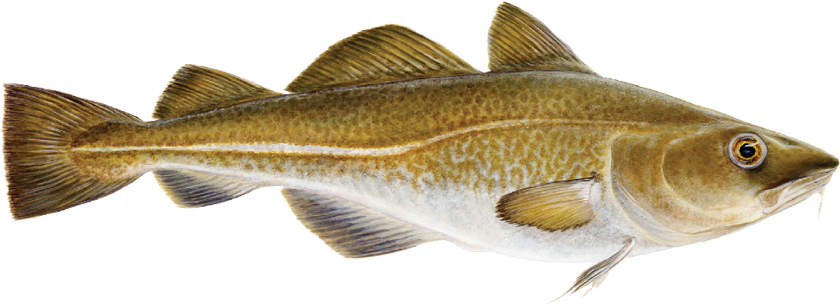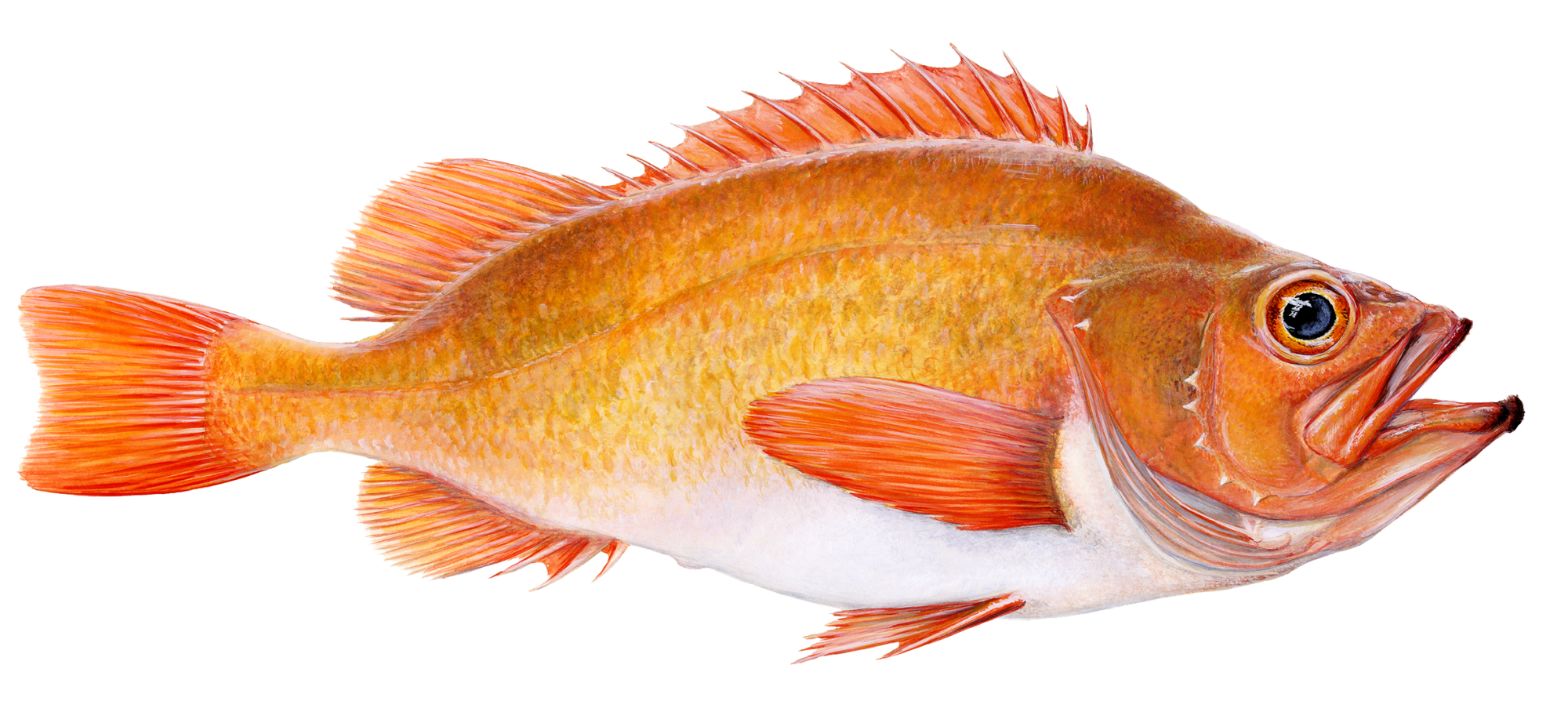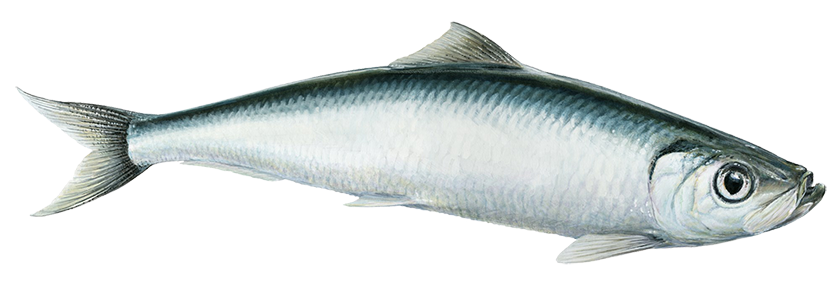Haddock Certified
- Melanogrammus aeglefinus
- Églefin
- Schellfisch
- Eglefino
- Ýsa
Size
The size of haddock catch is commonly between 50 and 65 cm.The largest individual, caught in Icelandic waters, was 14 years old and measured 109 cm.
Catch
The total catch of haddock in Icelandic waters in 2024 was 79,901 tonnes as compared to 69,099 tonnes in 2023. The Total Allowance Catch (TAC) for the quota year 2025/2026 is 78,918 tonnes.
Icelandic haddock - catch 2019-2024 (tonnes) - Source: Statistic Iceland
Season
The Icelandic haddock is caught throughout the year.
Icelandic haddock - Montly catch 2024 (tonnes) - Source: Statistic Iceland
Fishing gear
Icelandic haddock - Catch by fishing gear 2024 - Source: Statistic Iceland
Fishing grounds
Haddock is caught all around Iceland. The best fishing grounds are off the Westfjords, and off the south western and south eastern coast, mostly over soft bottoms at depths between 10 and 200 m.
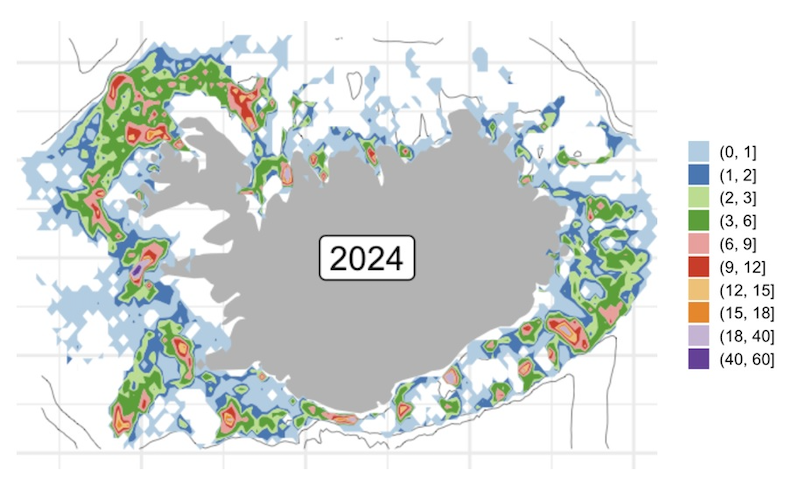
Icelandic haddock - Catch by fishing grounds 2024 - Source: Marine Research Institute
Products
Icelandic haddock - Export value by product groups in 2024 - Source: Statistic Iceland
Markets
There are two major markets for Icelandic haddock, the United Kingdom and the United States.
 United Kingdom 42%
United Kingdom 42% United States 28%
United States 28% France 16%
France 16% Nigeria 3%
Nigeria 3% Belgium 2%
Belgium 2% Canada 2%
Canada 2%
Icelandic haddock - Export value by countries in 2024 - Source: Statistic Iceland
Nutrition facts
Fisheries management
Fisheries management in Iceland is based on extensive research on the fish stocks and the marine ecosystem. A catch limitation system is the cornerstone of the Icelandic fisheries management system. Management is also supported by other measures such as area restrictions, fishing gear restrictions, and the use of closed areas to conserve important vulnerable habitats. Decisions on total allowable catch are made by the Minister of Fisheries and Agriculture on the basis of scientific advice from the Icelandic Marine Research Institute (MRI). The international Council for the Exploration of the Sea (ICES) reviews the work of the MRI and also provides
scientific advice. Catches are effectively monitored and management decisions are enforced by the Directorate of Fisheries. The system is intended to ensure responsible fisheries and sustainable use of the ocean’s living resources.
Certification

The Icelandic haddock fishery was certified in 2013 to the FAO-based Iceland Responsible Fisheries Management Certification Programme. The certification covers all sectors of the Icelandic haddock fishery within the 200 mile EEZ for all fishing gears. A chain of custody certification programme has been implemented to allow handlers to demonstrate traceability back to the certified fishery. The
certification is an independent third-party certification. The certification confirms responsible fisheries management and good treatment of marine resources.
Nice to know
Haddock is the most commonly eaten fish by Icelanders. They usually prefer it over cod. There may be historical reasons for this since cod, the most abundant groundfish species, was better suited for salting and therefore more valuable for export.

